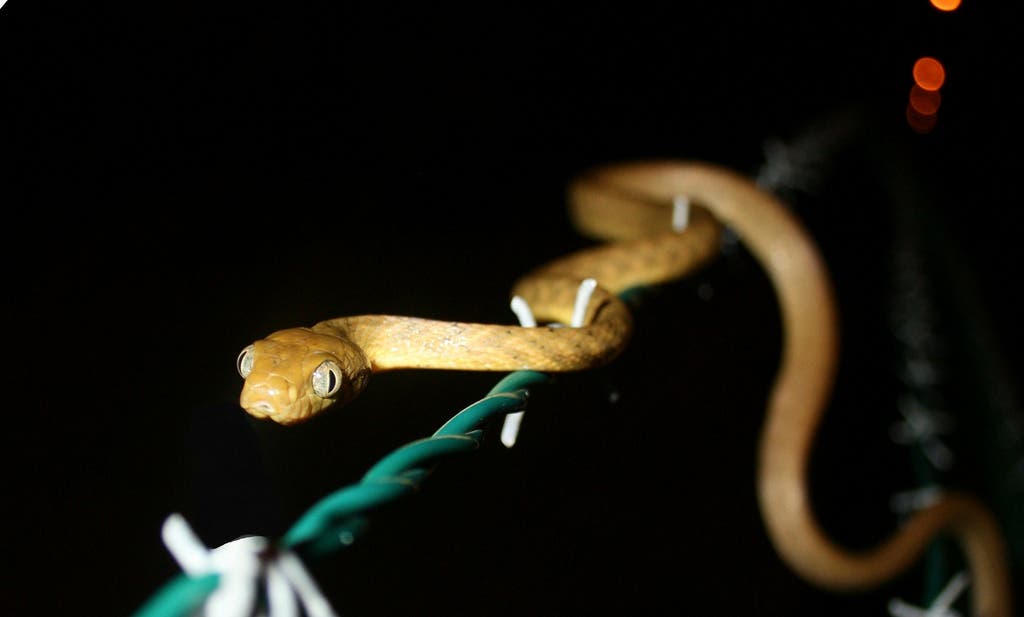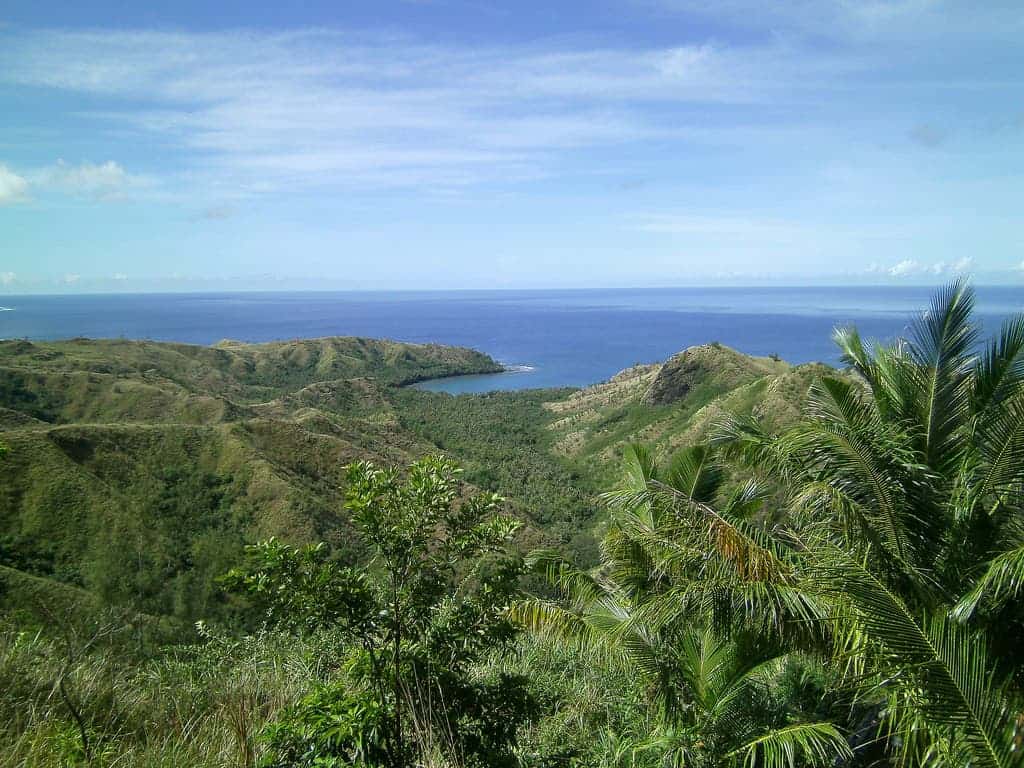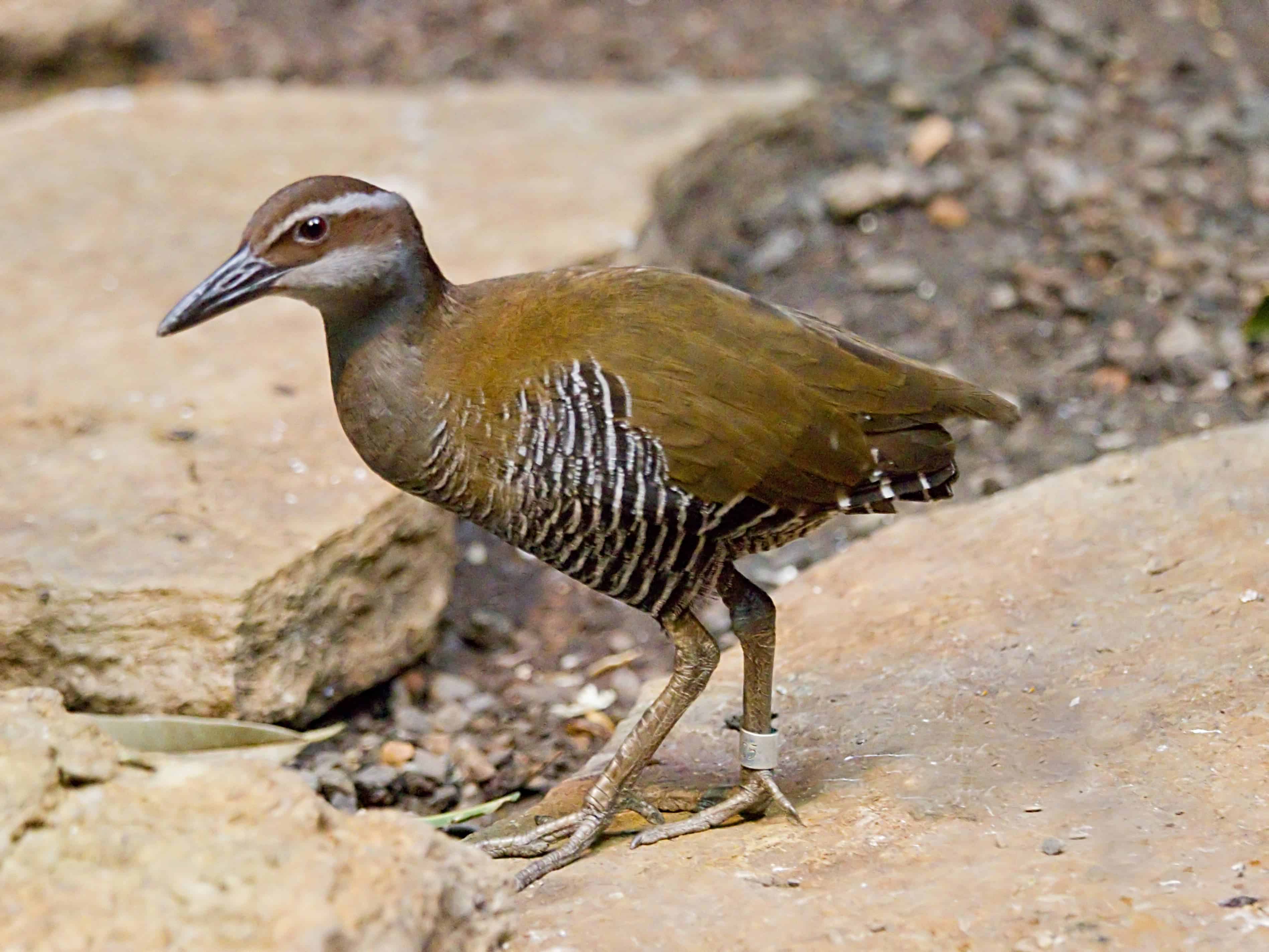One of the most famous cases of invasive species is the brown tree snake (Boiga irregularis) that invaded the island of Guam. It arrived after WWII, likely sneaking onto the island on US military equipment. Brown tree snakes are not picky about what they eat and they feasted upon the eggs of the birds, bats, and reptiles on the island. They completely wiped out 10 of the 12 bird species that were found only on Guam and other two species are functionally extinct and are only bred in captivity. These days, you can’t hear any bird songs on Guam.
But you can find snakes everywhere; there are more about 2 million snakes on the tiny 544-square-kilometer (210-square-mile) island. That is the highest concentration of snakes in the world! There are so many that they cause frequent power outages and damage by crawling on electrical lines. The damage cost 4.5 million USD over the past seven years. Besides that, the snakes have a strong impact on the whole ecosystem, not just the birds.

No more seed dispersers
Just considering direct consequences, these snakes have had a terrible effect on the birds and other wildlife of the island. But actually, the effect goes so much further. It even affects the trees. Most (70%) of the trees on the island have seeds that are meant to be dispersed by birds. As there are currently no functional seed dispersers on Guam, the future of the trees is in trouble.
A recent study examined the dispersal of seeds on Guam compared to three nearby islands without any snakes. On Guam, more than 90% of seeds were stuck at the base of their parent tree, while on the other islands, only 40% remained at the parent tree. The seeds stuck at the base of the tree mostly die, meaning that not very many new trees are growing on the island. Due to this effect, new forest growth on the island is expected to drop between 61-92%.

The future of Guam and invasions
Some of the local seed-dispersing birds are being raised in captivity, but there are still so many snakes that if they were released they wouldn’t survive long. A recent plan by the US Department of Agriculture has invested 8 million USD in the chemical eradication of these snakes. They parachuted thousands of dead drug-laced mice onto the island so that snakes would munch on them and die. The program has only been recently implemented so its success isn’t known yet.

This case isn’t limited just to these snakes and this island. For example, invasive cats (Felis silvestris catus) and ship rats (Rattus rattus) together have caused 44% of bird, mammal, and reptile extinctions since 1500 AD. These extinctions must have also have had a huge, unstudied, effect on local ecosystems. Ecosystems are so interconnected that when one thing is altered, there is a domino effect.


